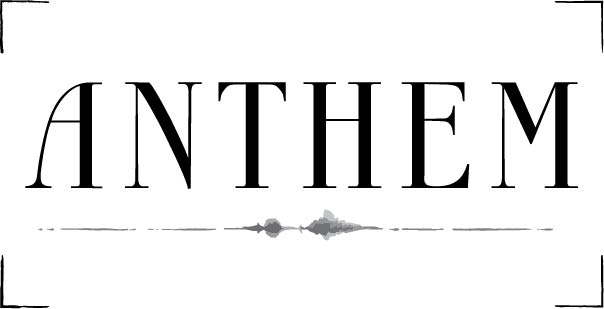Background
In 1992, 1700 of the worlds leading scientist including the majority of Nobel Laureates in the sciences issued their first Warning to Humanity:
Human beings and the natural world are on a collision course. Human activities inflict harsh and often irreversible damage on the environment and on critical resources. If not checked, many of our current practices put at serious risk the future that we wish for human society and the plant and animal kingdoms, and may so alter the living world that it will be unable to sustain life in the manner that we know. Fundamental changes are urgent if we are to avoid the collision our present course will bring about.
Twenty-five years since, their warning has largely gone unheeded and we remain on a perilous trajectory. We have failed to make progress in solving these foreseen environmental challenges, and alarmingly, most of them are getting worse
Among the many sobering facts, there is one stands out: We are witnessing a mass extinction event, the sixth in roughly 540 million years. As many as half of our current life forms could be annihilated or committed to extinction by the end of this century.
Like most environmental threats this one is difficult for people to grasp. The danger we face feels theoretical and slow-moving, even though the damage is a tsunami of change in geological terms.
This project attempts to bring the immediacy of our challenges to the fore – to transport the species we are killing out of the wild and our imaginations into our city and public consciousness.
Installation Overview
Vanish is a partnership between Erik Jacobs, National Geographic and the Photo Ark. The Photo Ark consists of vivid photos and video of over 6,000 species of animals. Not just animals in the wild. Rather, lions and wolves, mice and beetles taken in a studio - photographed on clean backdrops and controlled lighting - so that every unique detail is honored. Every animal, no matter how meek or mighty, is given equal attention, as each is equally valuable in the function of a healthy ecosystem.
To bring these beautiful creatures to life we’re turning this body of work into a living, breathing, interactive installation. To illustrate their ephemeral and endangered lives, we are using state-of-the-art, cinema-grade technology to project them onto vanishing clouds of fog. As the fog fills the installation space, the animals will appear – haunting, mysterious and undeniably present. Then, as winds change and people interact with the “screen” the fog will dissipate and the animals will disappear.
Stage lighting, sound effects and set design will be used to heighten the feeling of conflict between natural and man-made environments.
Goals
Whether on a local, regional, or planetary scale, Earth’s vanishing biodiversity is an undeniable cause for concern. We hope to confront people with the immediacy of this threat and show them what we stand to lose if we don’t act now.
“An ark is, above all, a vessel to save flesh-and-blood creatures. This one is constructed to lift many from obscurity and rescue many more from indifference.” – Joel Sartore/National Geographic
The good news is that there is still time, and this project seeks to inform people what we can do to save these unique creatures — and ultimately, ourselves.
About the Artists
Erik Jacobs is a visual storyteller dedicated to producing compelling messages in any medium (photos, videos, well-grown food...) with a particular yen for work that connects us to each other and deepens our connection to the natural environment.
He believes that creativity can give elegant, human and delightful answers to the most complex problems in the world.
Photography: http://www.jacobsphotographic.us
Recent Public Art: http://www.standswithimmigrants.org
Joel Sartore is an award-winning photographer, speaker, author, conservationist, and the 2018 National Geographic Explorer of the Year. He is a regular contributor to National Geographic Magazine, and an Eagle Scout. His hallmarks are a sense of humor and a Midwestern work ethic.

